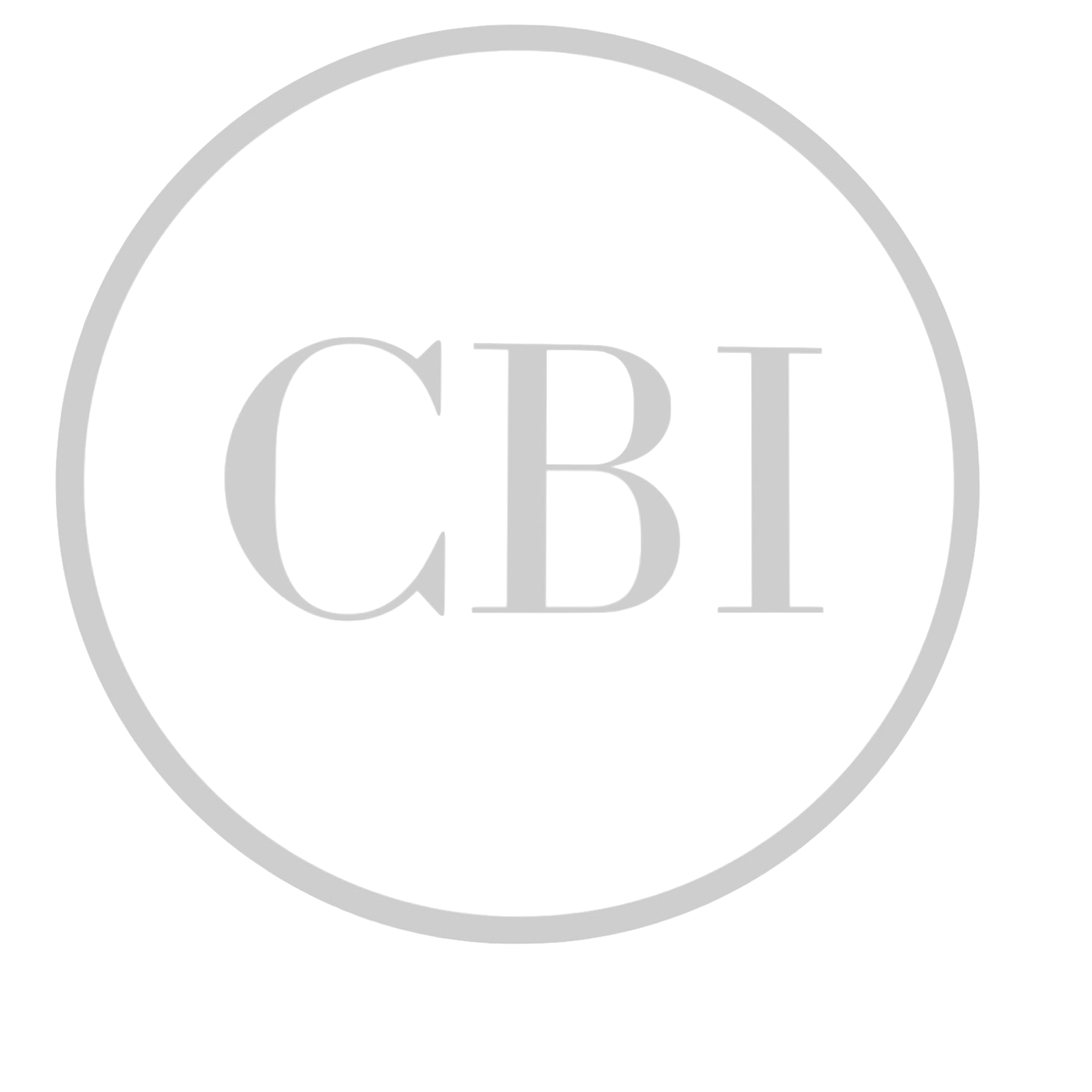Tariffs Create New Considerations in These Multifamily Property Investments
Tariff policies are creating new considerations in multifamily investments
Recent changes in America’s tariff policies have introduced uncertainty into the commercial real estate industry, with the market showing mixed reactions to the current economic environment. While multifamily remains one of the most popular asset classes for real estate investment, new considerations are emerging—particularly in the Class B and Class C property sectors. In this article, we will explore the concerns that are arising and offer tips on how to minimize risk.
1. Understand the Risks of Class B and C Properties
Class B Properties: These properties are typically older than Class A but still located in decent neighborhoods. They may require moderate renovations and attract tenants with stable but lower incomes. Risks include higher maintenance costs and susceptibility to economic downturns.
Class C Properties: These are often decades old, located in less desirable areas, and require significant repairs. They come with higher risks, including lower tenant credit stability and the potential for high vacancy and default rates during economic downturns.
2. Rising Labor Costs
Labor costs have become increasingly volatile, driven by a shortage of skilled workers and rising wages. Labor now accounts for 25–40% of total project expenses in multifamily developments. This unpredictability can significantly impact your budget, especially for properties requiring substantial renovations.
Key Tips:
Budget conservatively for labor expenses.
Consider hiring well-trained property managers to reduce turnover and improve operational efficiency.
3. Increasing Material Costs Due to Tariffs
Tariffs on essential construction materials like steel and aluminum have driven up costs, which directly affects renovation budgets. For example, a 25% tariff on these materials can significantly inflate project expenses, particularly for large-scale renovations required by older Class B and C properties.
Steel prices have increased 15% to 25% since the beginning of January 2025 and aluminum is also up 8% to 10% from the beginning of January, Canadian lumber is also included in the
reciprocal tariffs which took effect on April 2 (90 day pause for some countries). Lumber has already seen a significant increase, 10% to 15% in cost, in anticipation of this tariff.
Key Tips:
Lock in material costs early through fixed-price contracts.
Explore alternative materials or suppliers to mitigate tariff impacts.
4. Insurance Challenges
Insurance rates are significantly impacting Class B and C multifamily properties, creating challenges for owners and investors.
Insurance premiums for multifamily properties have surged in recent years. In 2024, premiums increased by 27.7%, and in 2025, they are expected to rise further by 10–20% for primary liability plans and 10–15% for umbrella insurance.
Insurance costs per unit for Class B and C properties have risen sharply. In tertiary markets like Ohio, premiums range from $510 per unit annually, while in high-risk areas like Miami, costs can exceed $2,000 per unit. These increases strain operational budgets, especially for older properties requiring frequent maintenance.
Rising insurance costs have reduced property values by approximately 3.6%, as higher expenses make it difficult for owners to maintain profitability. This is particularly concerning for Class B and C properties that already face challenges with aging infrastructure and lower tenant incomes.
Key Tip:
Strong risk management practices are becoming essential to mitigate rising insurance costs. Properties with robust safety measures and compliance documentation can secure better insurance terms, protecting NOI.
Partner with Experienced Advisors: Working with an insurance broker or advisor experienced in B and C class multifamily properties can help identify coverage gaps and tailor policies to your needs
5. Local and State Rent Restrictions
Government regulations on rent increases can limit your ability to improve cash flow after renovations. Many states and local municipalities have implemented rent control measures, which can cap the return on investment for upgraded properties.
Key Tips:
Research local rent control laws before purchasing, have a full understanding of how this may impact the repositioning of the asset, from longer time frames, to potentially not being able to achieve market rents.
Focus on value-add strategies that comply with regulations while enhancing tenant satisfaction (e.g., energy-efficient upgrades), by lowering costs you may be able to make up for the lower rent growth.
Tips for Multifamily Investments In Face of Tariffs
-Be Conservative in Financial Projections
Overestimating revenue growth or underestimating expenses is a common mistake among investors in competitive markets. For older properties, unexpected repair costs or prolonged vacancies can quickly erode profits. Build a robust capital expenditure (CapEx) reserve. Use conservative underwriting assumptions to account for market fluctuations.
-Choose the Right Location
Location is critical when investing in Class B and C properties. Properties in improving neighborhoods or near employment hubs offer better long-term prospects compared to those in stagnant or declining areas. Look for areas with planned infrastructure improvements or economic development projects. Avoid locations with persistently high crime rates or poor amenities.
Conclusion
In today’s tariff-influenced economy, investing in multifamily real estate—especially Class B and C properties—requires a heightened level of diligence and strategic foresight. Rising labor and material costs, unpredictable insurance premiums, and tightening rent regulations are all creating a more complex investment landscape. However, with careful planning, conservative financial projections, and an emphasis on strong operational practices, investors can still uncover solid opportunities.
Still have concerns about your investments? Reach out to us so we can help you sail through uncertain times!
Email: info@cbicommercial.com
Tel: 310-943-8530

